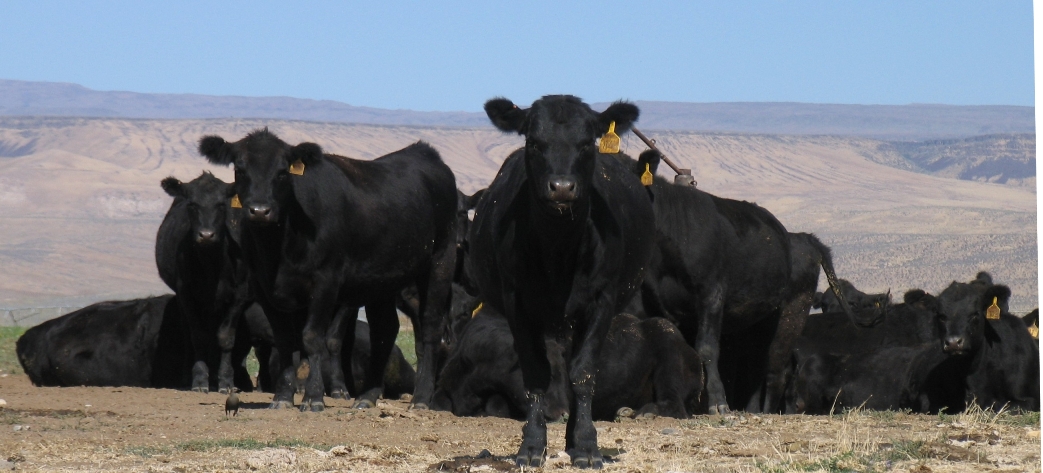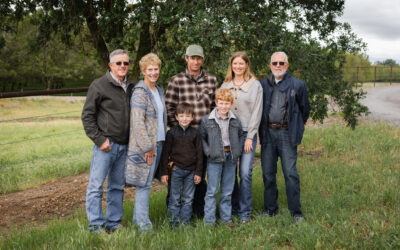
Beyond looks: Choosing replacements, part two
Yesterday, we talked about going beyond phenotype when making replacement female selections. Today, we share the second part of Mark’s advice, focusing on the genetics and performance side of things.
These days, it’s not difficult to find commercial heifers that are the multi-generational product of artificial insemination (AI), Mark says. In other words, they may be representative of the best Angus genetics out there.
“If I can select those kinds of heifers to bring back into my herd, where someone has stacked generations of selection pressure for carcass genetics and marbling, boy, that sure puts me several steps ahead in this whole pursuit of quality,” he explains.
Consider the scores
When a seller has implemented GeneMax™ testing in his herd, genetic information is taken to another new level. You can really sort through the top prospects and identify those with the highest merit. Depending on opportunities available, you can add a GMX score of 50 or 75 or even 90 or higher as selection criteria, eliminating even more guesswork. (Looking for GeneMax cattle? Visit GenomeXchange.)
Get the history
When possible, Mark recommends asking for feeding history of potential replacements’ steer mates. Actual feeding data — and some carcass data — will give you another layer of knowledge for informed decision making, he explains.
There’s a lot that goes into building a high-quality herd and increasing CAB and Prime qualifying rates. But knowledge really is power, and buying good females today means raising good females tomorrow.
You may also like
Legacy in the Golden Land
On a quiet stretch of Northern California rangeland, a different story unfolds. The Borror family’s legacy modestly speaks through the cattle they raise, the ground they steward. The generations who’ve made a life here demonstrate commitment to doing things right, even when no one is watching.
Marbling, Feet and Fertility: Are they related?
The Angus breed has enough genetic diversity to allow breeders, and their commercial bull customers, to make progress across multiple traits simultaneously. One bloodline may be high in marbling but does not check the boxes you need for other traits. That does not mean marbling is the cause—it simply means your search for the ideal genetic pairing is not done.
Working for Premiums
The commercial Angus rancher from Collyer, Kansas, came back for daily homework in 1999 after a year at college. For 25 years now, he’s studied all the ways to grow his family’s W6 Cattle cow-calf herd with Angus at the base. Guided by data, Walt worked to improve the herd from zero Primes to averaging 60 percent. Learning what drives premiums prompted improvement.




